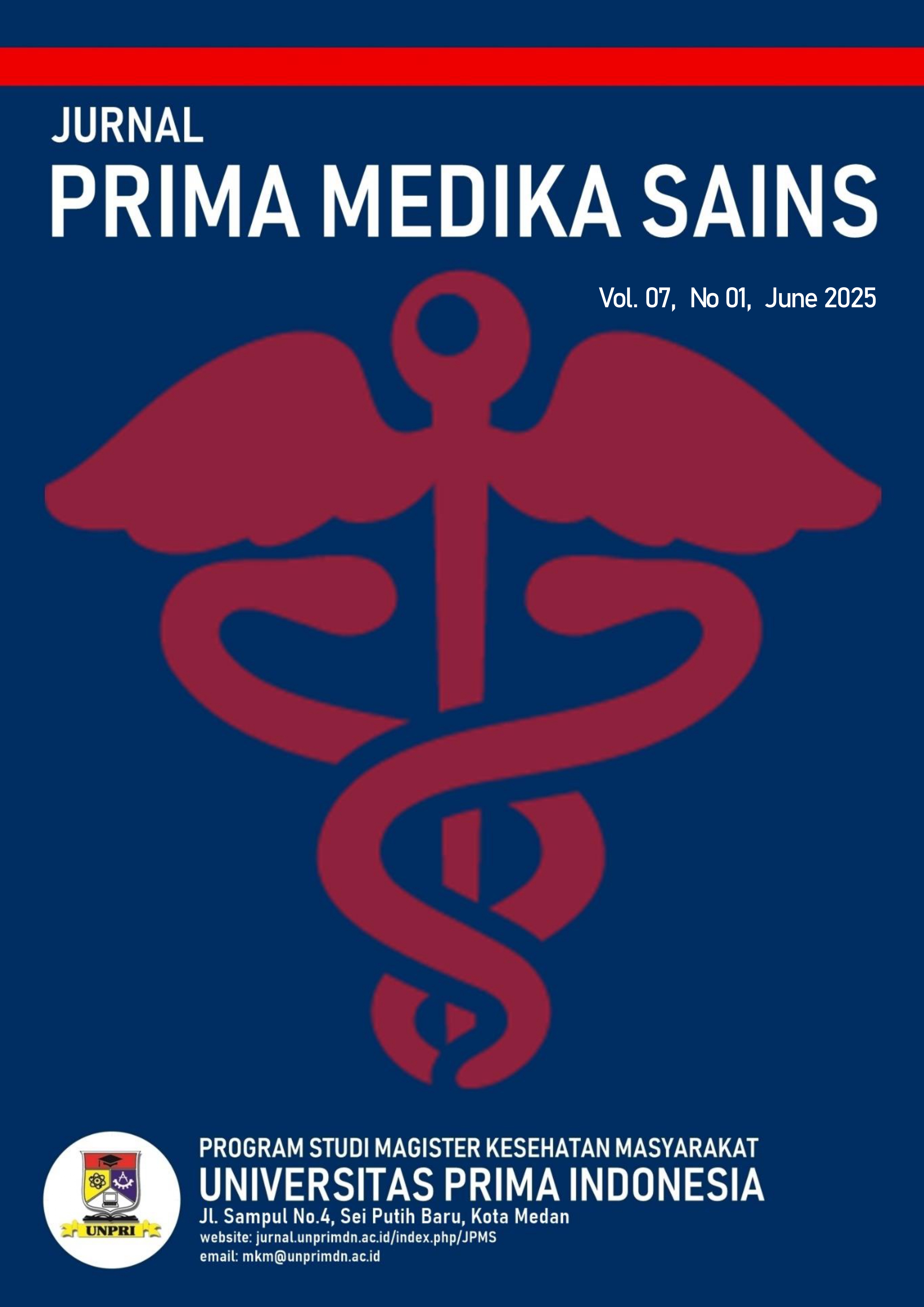Endobronchial hamartoma: Diagnostic challenges and clinical implications of a rare benign lung tumor
DOI:
https://doi.org/10.34012/jpms.v7i1.6112Keywords:
endobronchial hamartoma, benign lung tumor, radiologyAbstract
Introduction: Endobronchial hamartomas are rare benign lung tumors, representing only 0.025%–0.032% of all lung tumors and 1.4% of hamartomas. Originating in the bronchial passages, these tumors comprise cartilage, fat, fibrous tissue, and epithelium. Despite their benign nature, they can cause bronchial obstruction, post-obstructive pneumonia, and atelectasis.
Case Report: A 68-year-old male presented with chronic cough and hemoptysis. Imaging revealed a calcified mass in the right lower bronchus, causing partial obstruction. Bronchoscopy identified a smooth, obstructive mass without bleeding or necrosis. Histopathological examination confirmed an endobronchial hamartoma, showing benign bronchial mucosa, cartilage, adipose tissue, submucosal glands, and myxoid stroma.
Discussion: Diagnosing endobronchial hamartomas is challenging due to their rarity, nonspecific symptoms, and nonspecific imaging findings. Advanced imaging techniques, such as computed tomography (CT) scans, can identify calcifications or fatty components, aiding diagnosis. However, histopathological confirmation is crucial to differentiate these lesions from malignant or other benign pulmonary tumors. Early recognition and treatment are essential to prevent complications like recurrent infections and irreversible airway damage.
Conclusion: Although rare, endobronchial hamartoma is a clinically significant benign lung tumor due to its potential to cause notable complications. The diagnostic challenge lies in its often nonspecific initial imaging findings. However, combining advanced radiology modalities, such as computed tomography (CT) and histopathological evaluation. Early recognition of this tumor from other pulmonary lesions is crucial for treatment and better patient outcomes.
Downloads
Published
How to Cite
Issue
Section
License
Copyright (c) 2025 Vininta Fazharyasti, Djuwita Adi Wahyono, Samuel Raymond Rumantir Wardhana, Terawan Agus Putranto

This work is licensed under a Creative Commons Attribution 4.0 International License.






